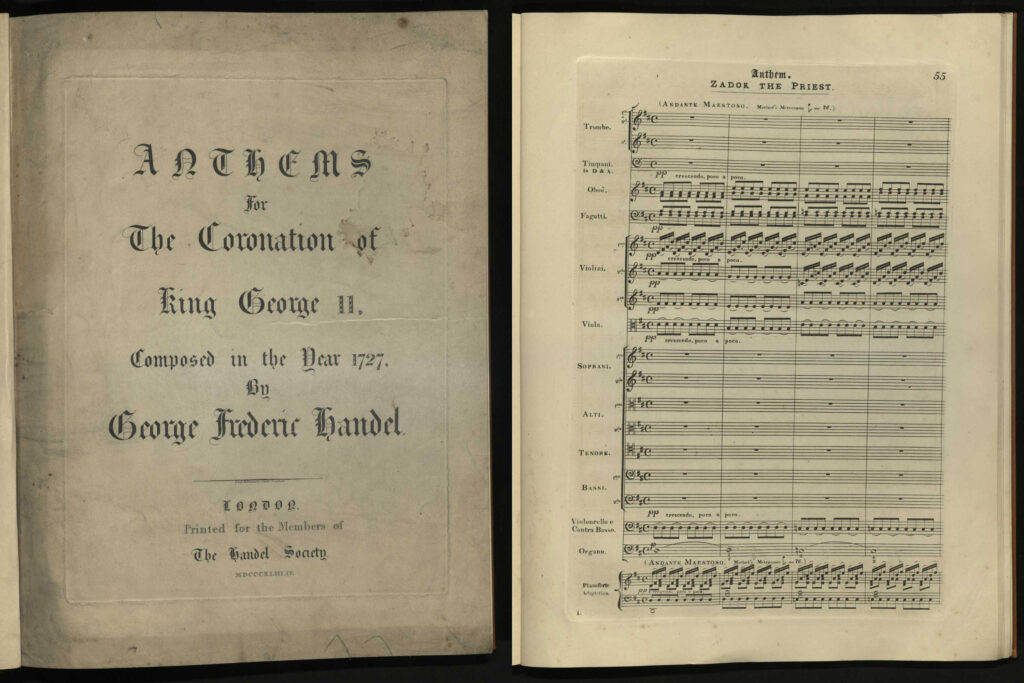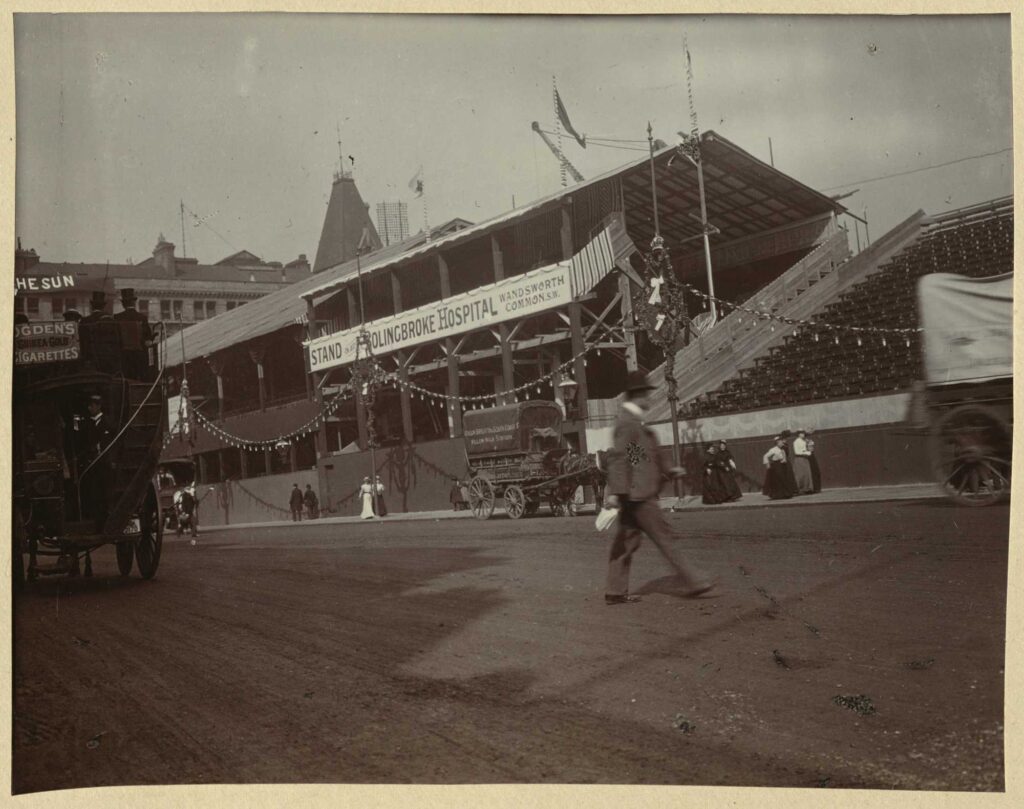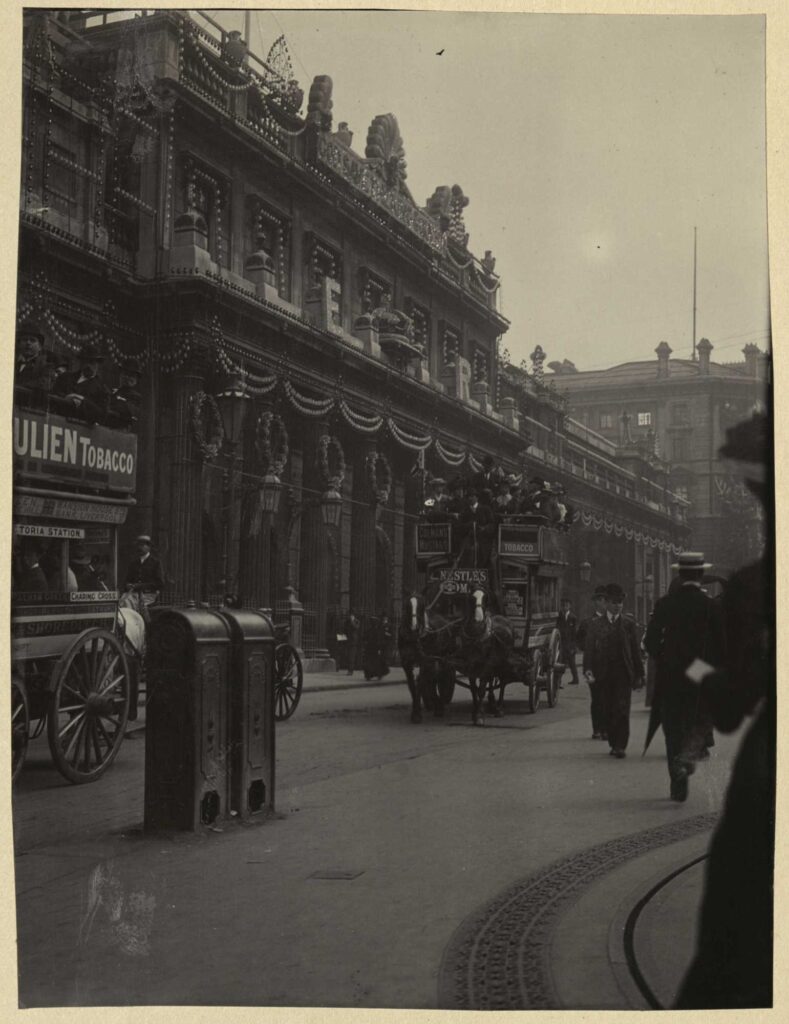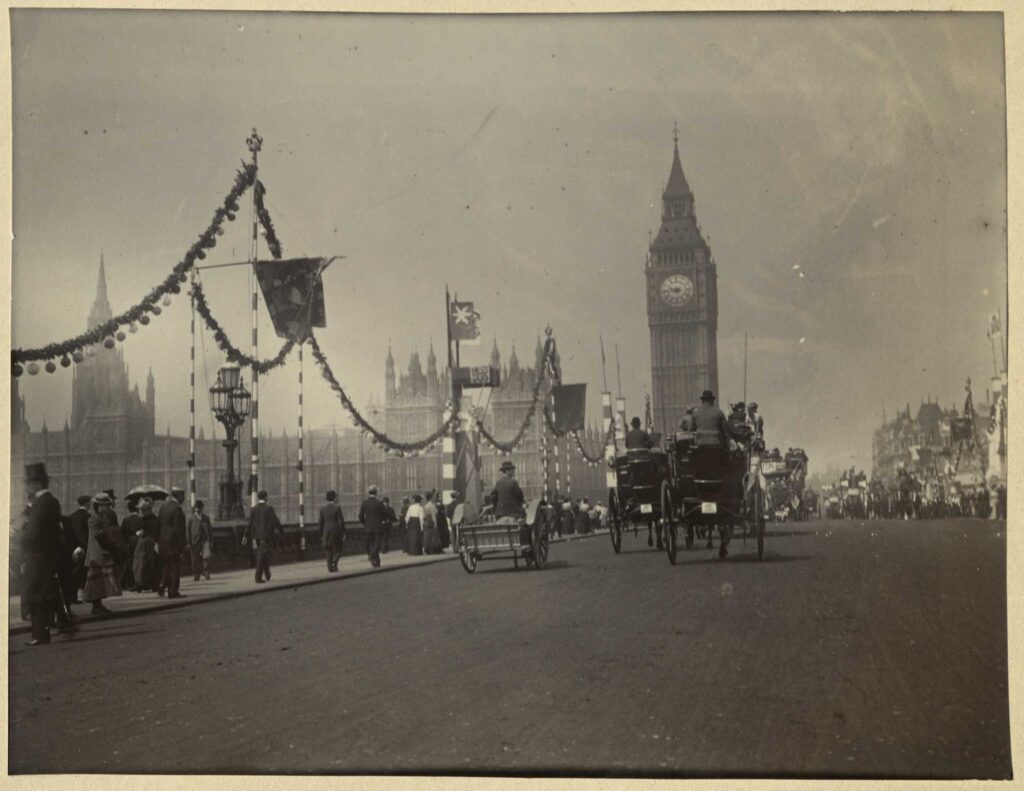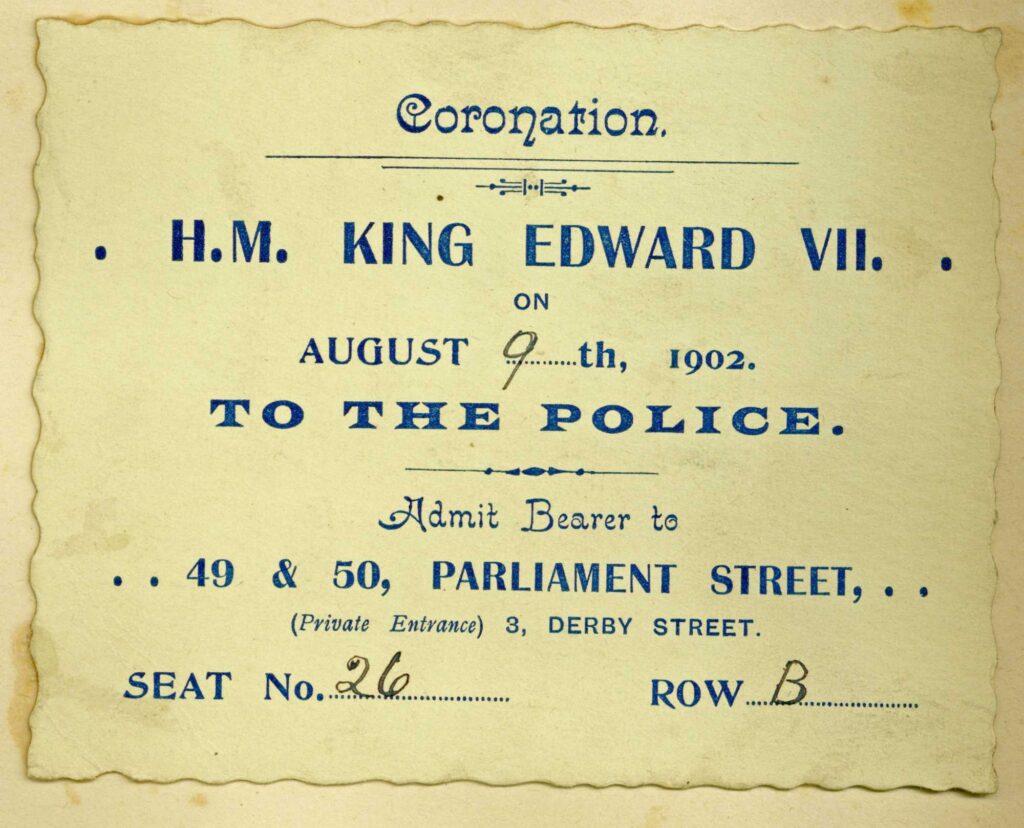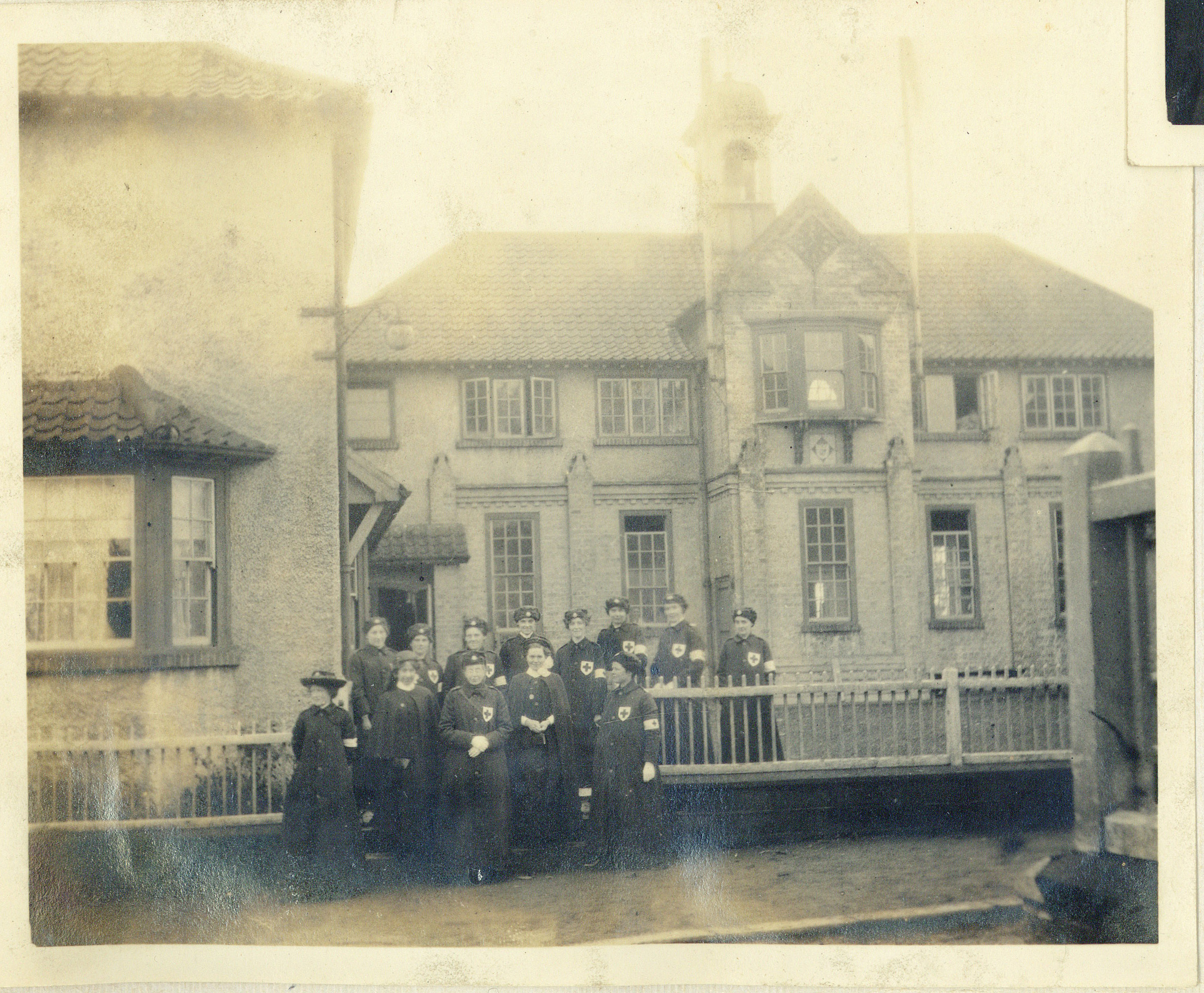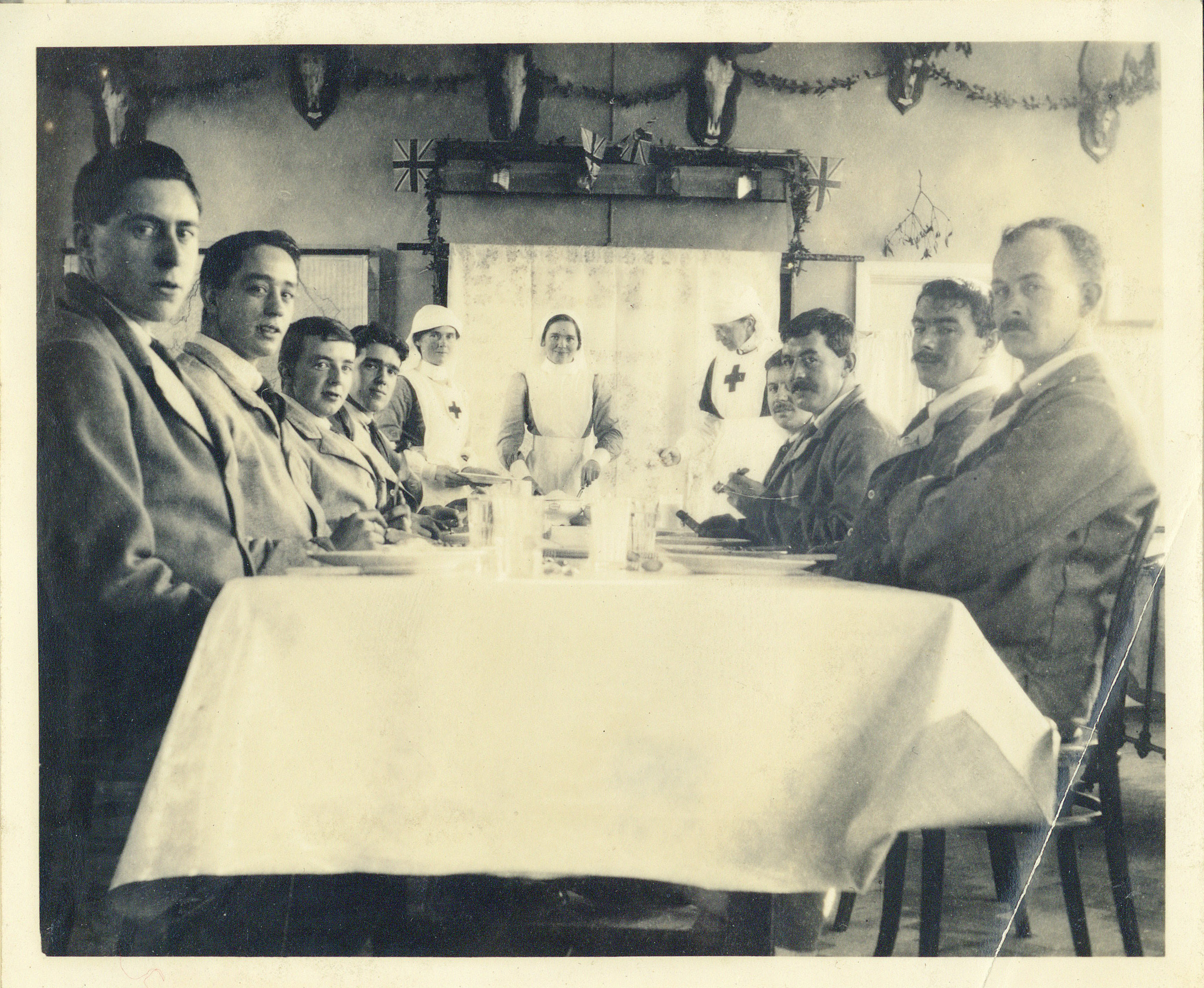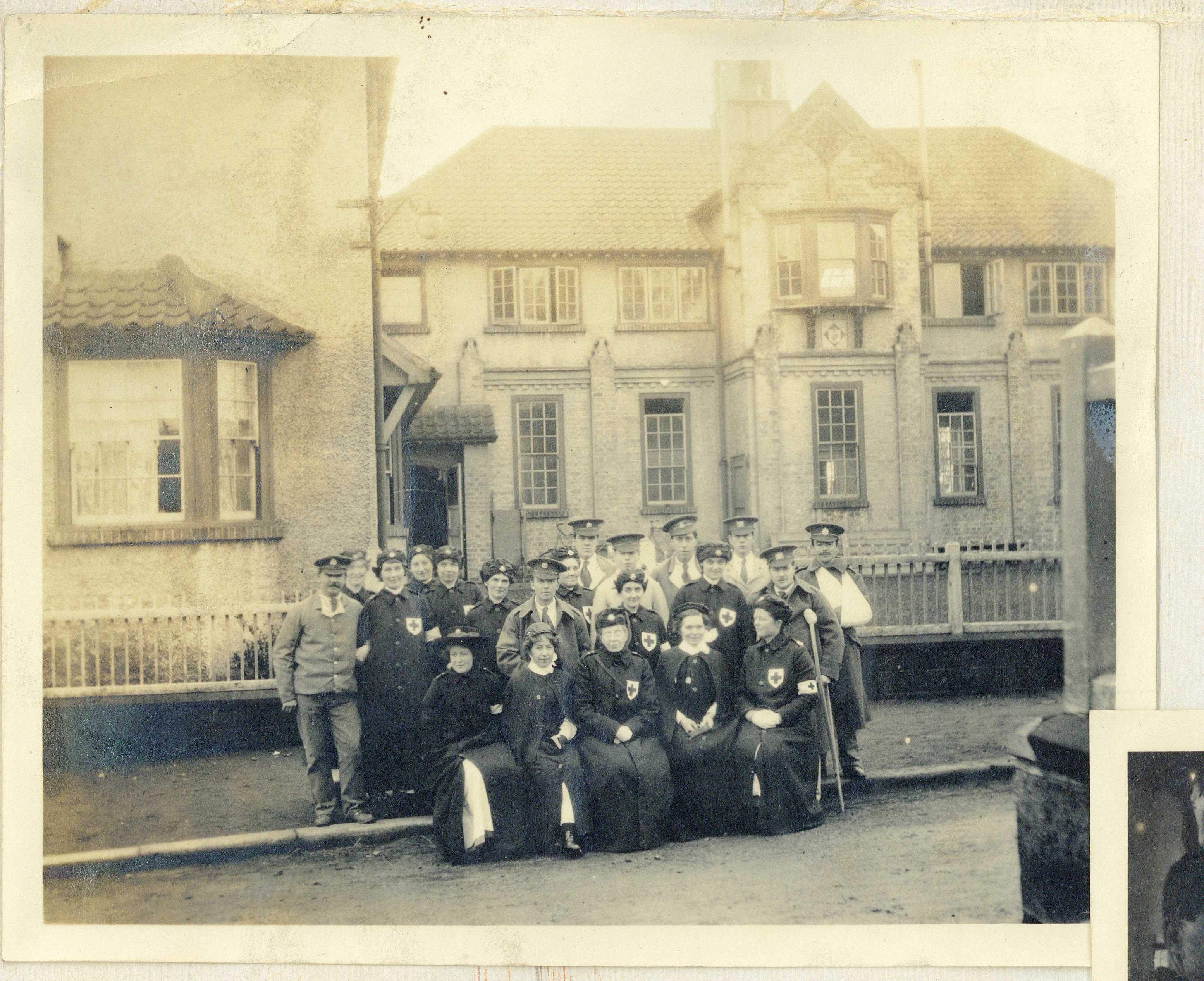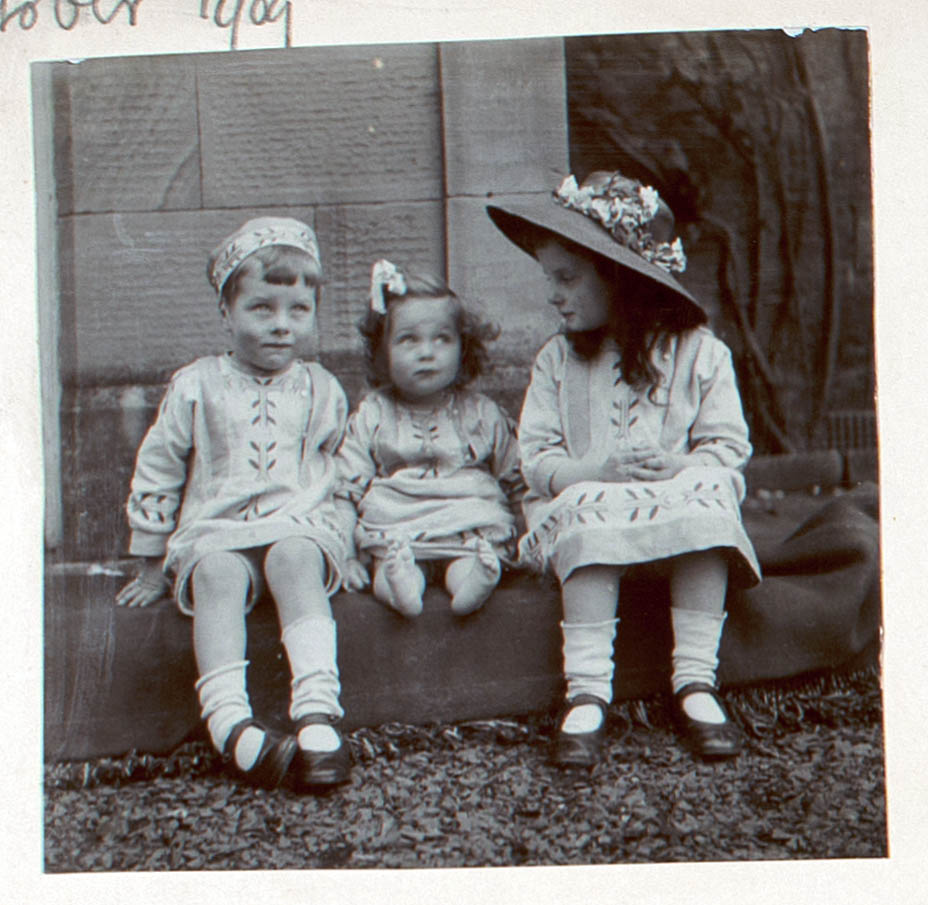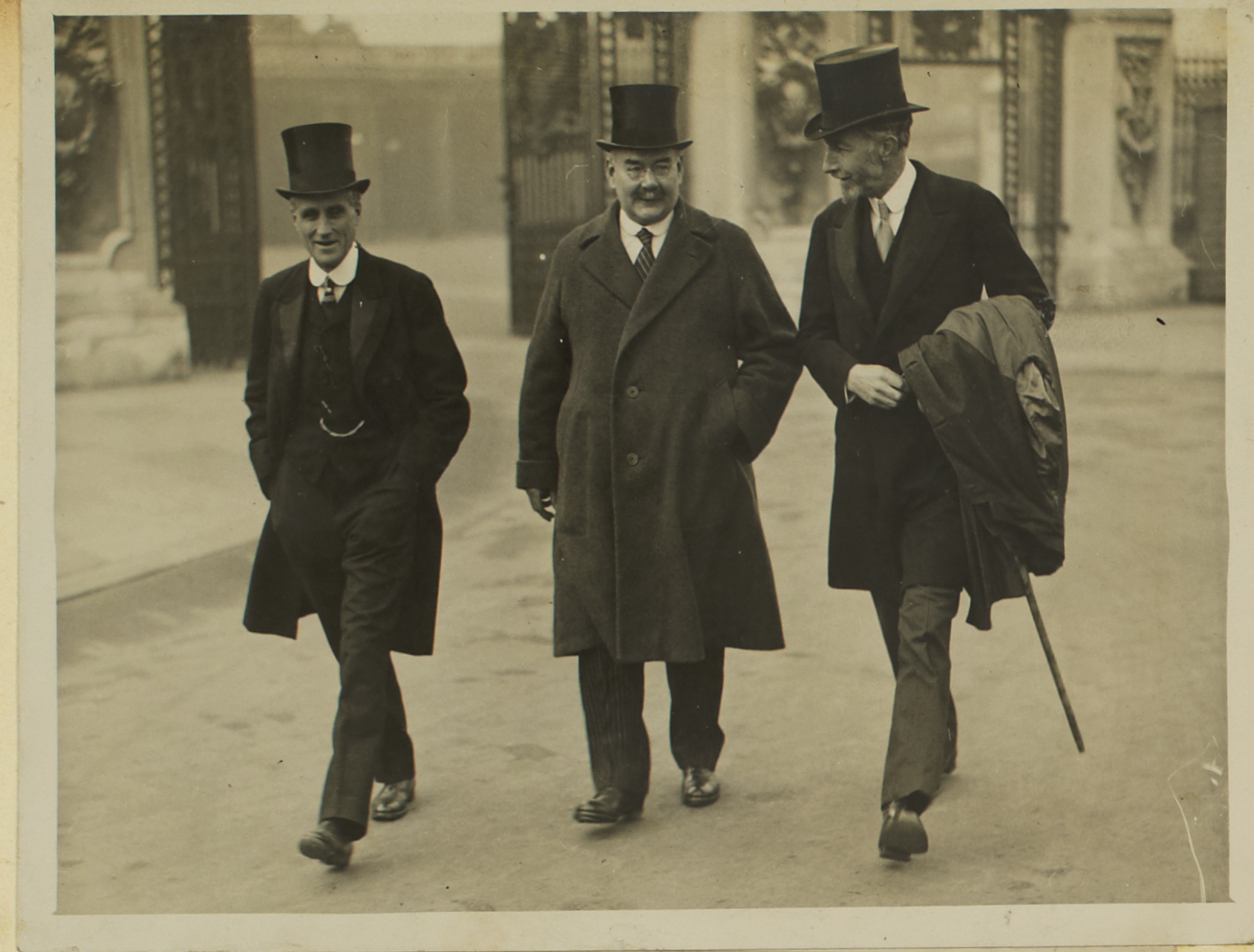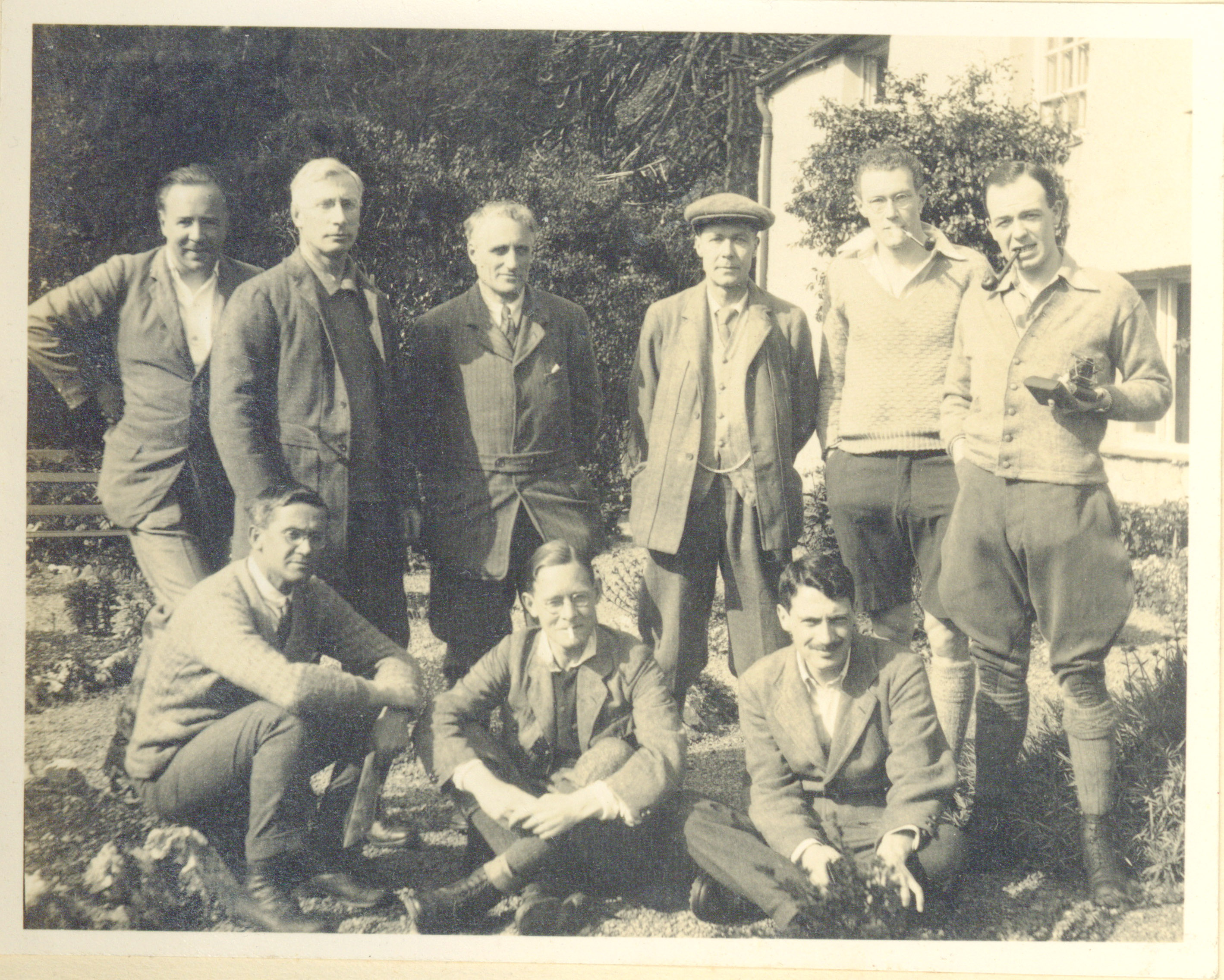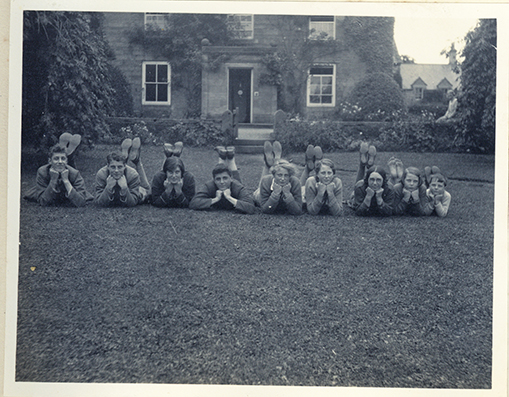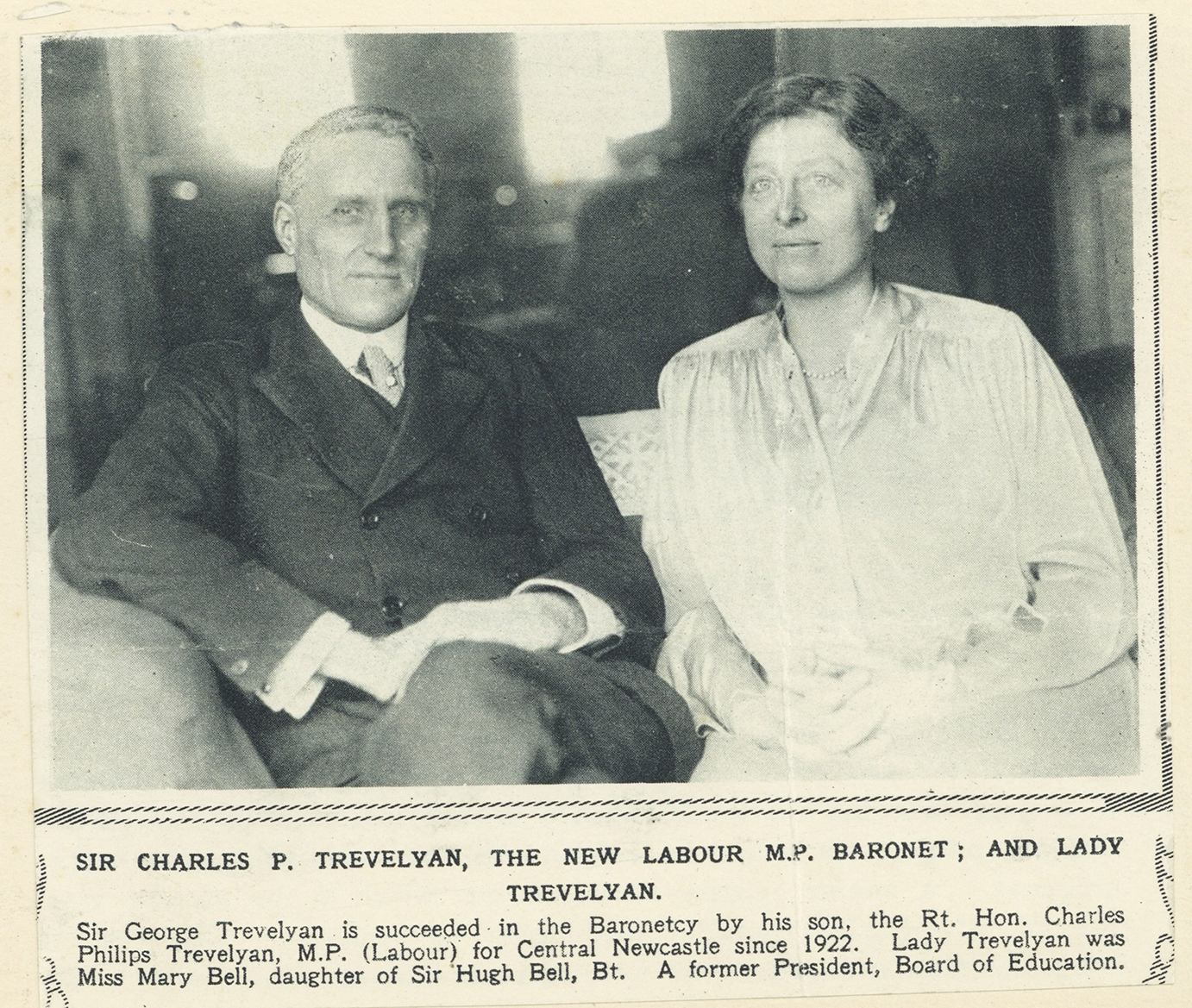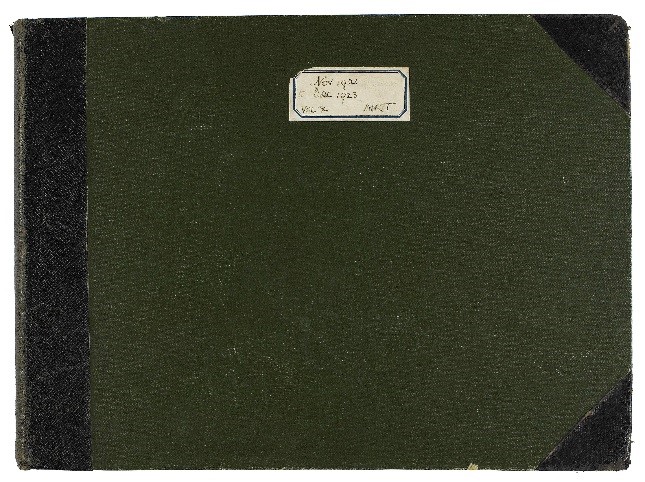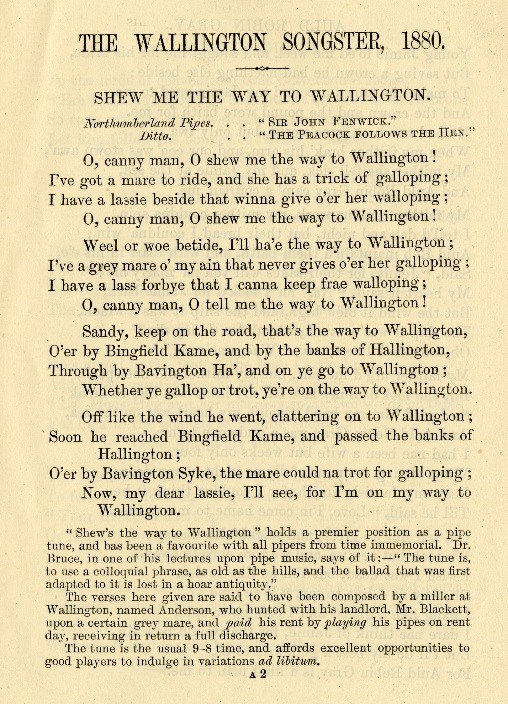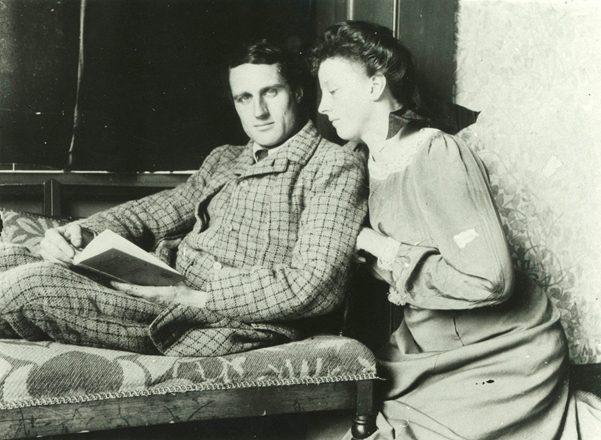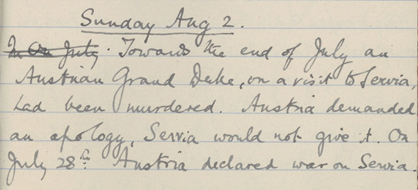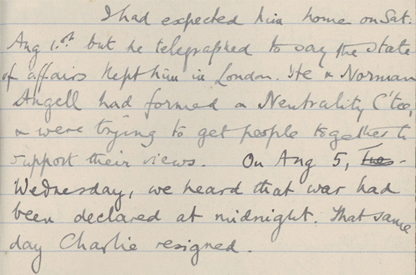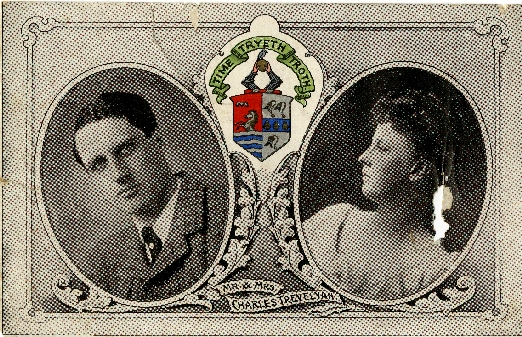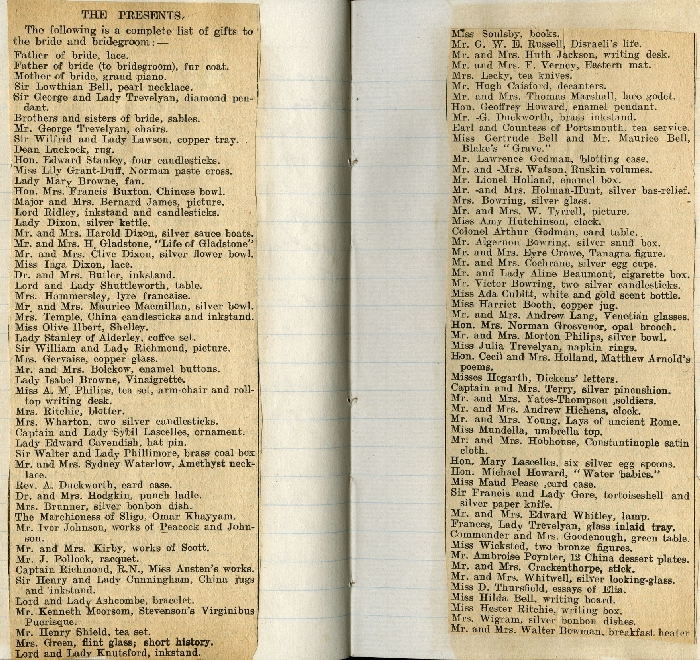6th of May 2023 marks the coronation of King Charles III. Coronations are often associated with pomp, pageantry, music and tradition. New works are published and events are recorded by people attending or celebrating the coronation of a new monarch.
One example of this can be found in our Collection of books published in the 19th Century. In 1727 George II commissioned his favourite composer George Frederic Handel to compose new music for his coronation. Handel’s Anthems for the Coronation included The King Shall Rejoice, Let Thy Hand be Strengthened, My Heart is Inditing, and perhaps most famously, Zadok the Priest. Special Collections holds a copy of the music of the four anthems, published in 1843 by the Handel Society. Since George II’s coronation the anthems have been used in all coronations since.
Traces of the pageantry and celebrations of coronations past can also be found in our archives. In August 1902 King Edward VII was crowned at Westminster Abbey and London was well decorated for the occasion! In one of the photograph albums of our Plowden Archive we find several photographs, likely taken a member of the local Bell family of industrialists, of preparations for the event. This included the hanging of garlands in the City, the erection of temporary stands for spectators of the processions to and from Westminster Abbey, and a temporary annexe built at the West end of the Abbey to allow formal processions to assemble under cover.
In our photograph albums, compiled by the Trevelyan family of Wallington we find another link to the 1902 coronation in the form of an admission ticket to 49 and 50 Parliament Street. This address is only a very short walk from Westminster and would have given the bearer a prime seat to see the king travelling to and from Westminster Abbey.
King Edward reinged until 1910, when he was succeeded by his son, who became King George V. His coronation was held on the 22nd June 1911. In our Plowden Archive we find evidence that members of the Bell family had an even closer view of proceedings than close by on the procession route. This is in the form of an official invitation to His Majesty’s Lieutenant of the North Riding of Yorkshire and Lady Bell to attend the coronation service in Westminster Abbey. They are better known as Sir Hugh and Lady Florence Bell, industrialists, and parents of explorer and political figure Gertrude Bell.
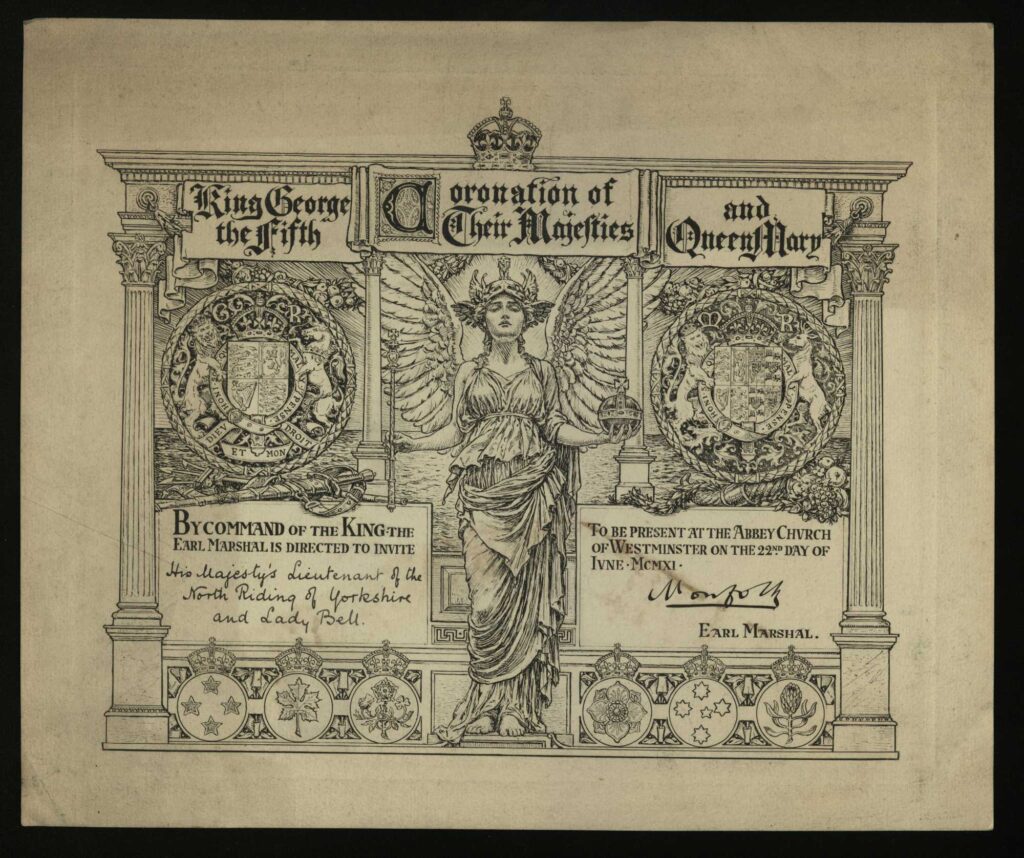
In 1904 Hugh and Florence’s daughter, Molly (Mary) married Charles Philips Trevelyan a landowner and politician. His political career led him to joining the Privvy Council in 1924 and becoming Lord Lieutenant of Northumberland in 1930. In early 1936 George V died and he was succeeded by his son, Edward VIII. Edward’s reign was a short and controversial one which ended with his well-known abdication on the 11th of December 1936, without him being crowned in a coronation. His younger brother George VI succeeded him, and as a member of the Privvy Council Charles Trevelyan had a front row seat at the proclamation of the new king. As he wrote in a letter to his wife Molly “I am going to St James’ Palace to the signing of the Proclamation and whatever other formalities there may be in regard to the new king.”
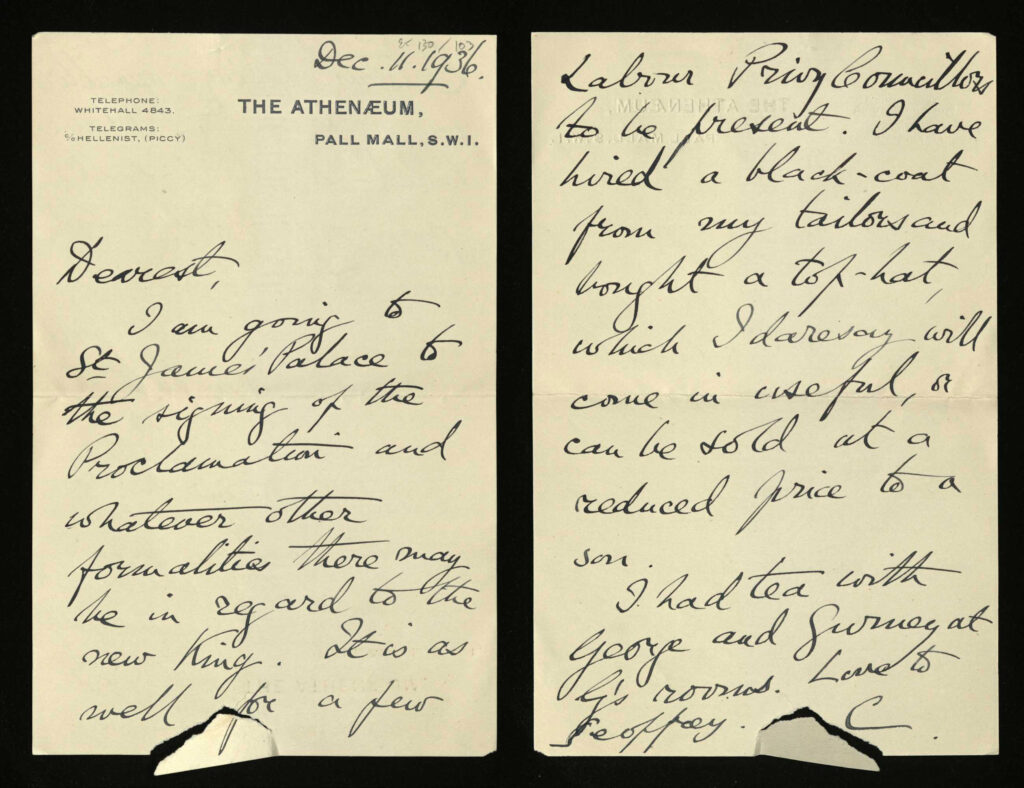
Later letters in the archive go on to document the celebrations surrounding King George VI’s coronation in 1937 which was attended by Charles and Molly, and the coronation of Elizabeth II in 1953. The archive was deposited with Newcastle University by Charles and Molly’s family following Molly’s death in 1966.
There are many other items in our rare book and archive collections which document celebrations around the crowning of a new monarch, ranging in date from the crowing of Queen Victoria in 1838 to the crowning of Queen Elizabeth II in 1953. These include song books, Many of these have been digitised and can be found on our CollectionsCaptured site here: https://collectionscaptured.ncl.ac.uk/digital/search/searchterm/coronation

